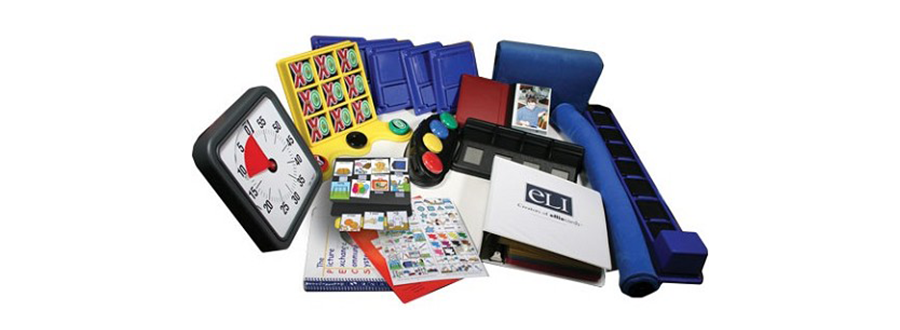Choosing the Right Tools to Facilitate Communication
August 13, 2018
One of the biggest challenges for individuals with autism spectrum disorder is communication. This can often be the most frustrating ramification of the disorder because parents and therapists may not be able to understand all the desires and feelings of an individual with autism. We can all agree that communication opens up a whole new world for people and others with all types of disabilities. Providing an avenue of communication for individuals with autism can allow them to communicate to you their thoughts, desires, and even their abilities. Applied behavior analysis (ABA) works specifically to train and facilitate as much appropriate verbal communication as possible for all individuals with autism. However, navigating the world of communication tools and approaches can be very challenging!
If you have researched communication tools for your verbally limited child with autism, you have probably seen several of these “buzzwords” come up—PECs, augmentative communication device, low-tech communication boards, iPads, pre-programmed buttons, etc. It can be very overwhelming to see all of these methods and read parent testimonials of how how each one worked or did not work for their child with autism. How are you supposed to navigate through the different tools and strategies to choose what works best for your child?
Before we look at a few suggestions, we do need to give a disclaimer. There are professionally certified speech pathologists and evaluators that can give your child formal diagnostic testing to determine the best speech devices and/or tools to be used for your child. The tips listed below will only serve as a starting place for you as you seek to begin the journey of providing communication avenues for your child with autism. You may eventually need to contact a local speech therapist for further advice and evaluation for you child. That being said, here are few tips to get you started:
- Look for ways your child with autism is already seeking to communicate with you. Does your child make small noises when is happy or sad? Does your child scream? Does your child hit or bite? These small sounds and/or behaviors may be a large way that your child is attempting to communicate with you!
- Praise appropriate communication! If your child asks for water or brings you a cup indicating that he/she would like some water, give your child lots of praise for you communicating with you his/her wants and needs.
- Ignore inappropriate communication and instead model the appropriate way to communicate. If your child throws his/her cup at you to ask for water, pick it up and demonstrate to him/her how to nicely hand over a cup to communicate that he/she is thirsty.
- Implement simple communication methods throughout your home. Try using small things first such a simple signs or picture symbols to allow your child to communicate and choose items with you. Start with high preference things for your child first.
- Ask therapists and teachers how your child communicates in other locations.
Enjoy finding your child’s “voice!”
 Source: RehabMart.com
Source: RehabMart.com

